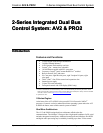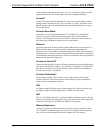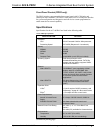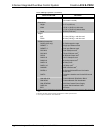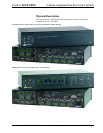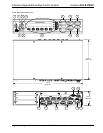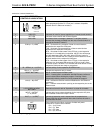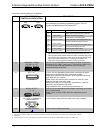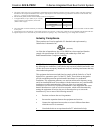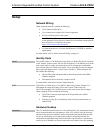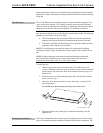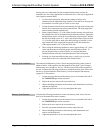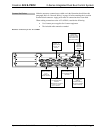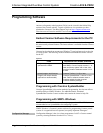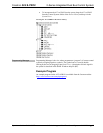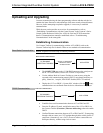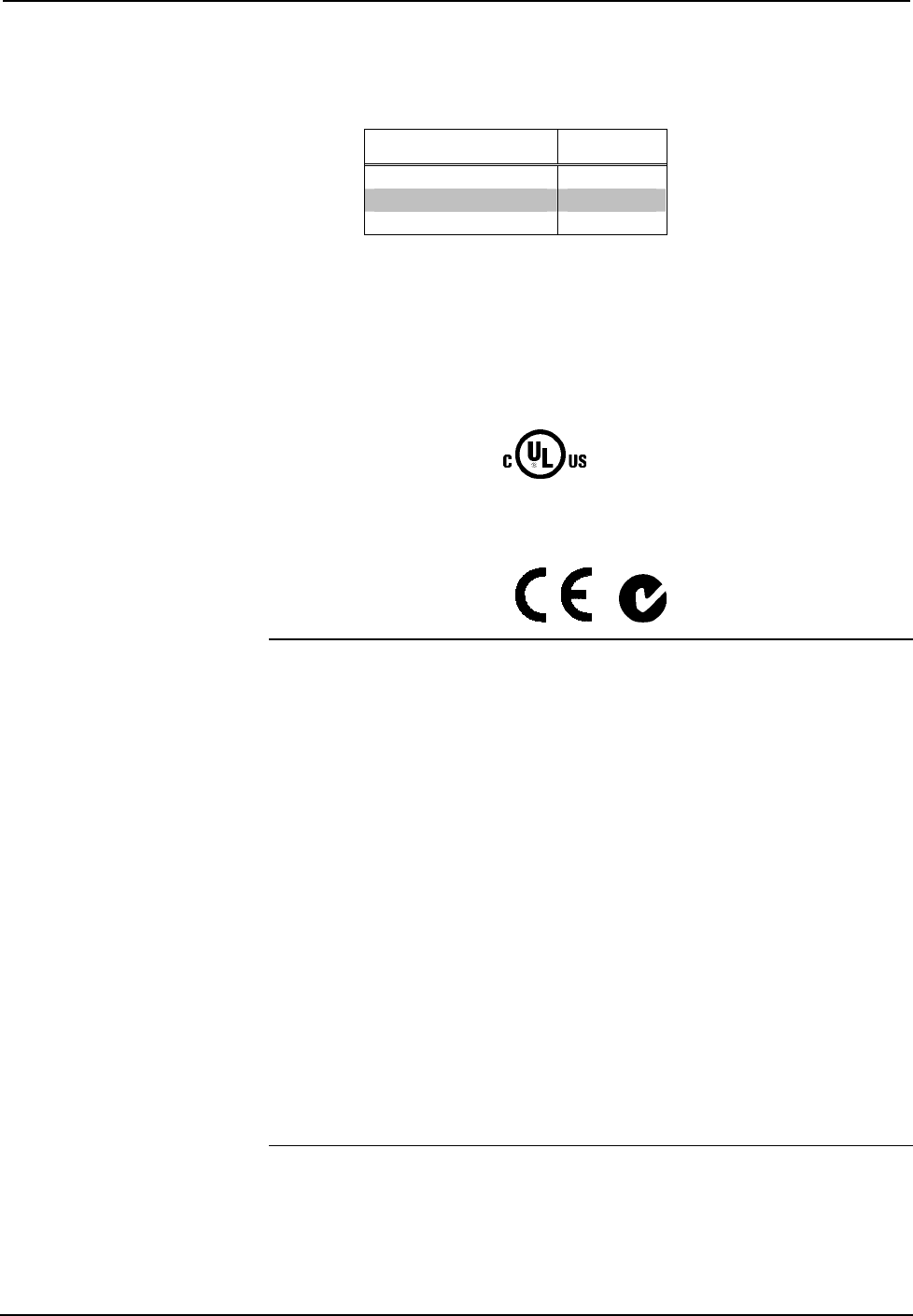
Crestron AV2 & PRO2 2-Series Integrated Dual Bus Control System
5. The pinout of each 9-pin port is non-standard; it contains RS-422 pins in addition to RS-232. This may result in a conflict with some equipment
and therefore all nine pins should not be used. Only the required pins for each communication type should be connected. For RS-232 and –422,
pins 2, 3, 5, 7 and 8 are wired straight through.
6. Data Set Ready (DSR) and Data Terminal Ready (DTR) are not supported.
7. To support RS-485, tie pin 1 (RXD-) to pin 9 (TXD-)
and pin 4 (TXD+) to pin 6 (RXD+) in the cable.
COM (DB9) CONNECTOR RS-485 BUS
(Refer to table at right.)
Tie Pins 1 & 9 -
Tie Pins 4 & 6 +
Pin 5 G
8. The Cresnet Poll Accelerator effectively increases the network speed, fan-out and device addresses by a factor of 8 for each Poll Accelerator added
to the system.
9. Transmission levels on the infrared – serial output connectors are in the 0 to +5 VDC range, which may not be compatible with all RS-232 devices.
10. Digital outputs are TTL values and may not work with devices requiring a “dry” contact closure (e.g. low voltage motor controllers).
Industry Compliance
These products are Listed to applicable UL Standards and requirements by
Underwriters Laboratories Inc.
(E174344)
As of the date of manufacture, the AV2 & PRO2 have been tested and found to
comply with specifications for CE marking and standards per EMC and
Radiocommunications Compliance Labelling.
NOTE: This device complies with part 15 of the FCC rules. Operation is subject to
the following two conditions: (1) this device may not cause harmful interference, and
(2) this device must accept any interference received, including interference that may
cause undesired operation.
This equipment has been tested and found to comply with the limits for a Class B
digital device, pursuant to part 15 of the FCC Rules. These limits are designed to
provide reasonable protection against harmful interference in a residential
installation. This equipment generates, uses and can radiate radio frequency energy
and if not installed and used in accordance with the instructions, may cause harmful
interference to radio communications. However, there is no guarantee that
interference will not occur in a particular installation. If this equipment does cause
harmful interference to radio or television reception, which can be determined by
turning the equipment off and on, the user is encouraged to try to correct the
interference by one or more of the following measures:
Reorient or relocate the receiving antenna.
Increase the separation between the equipment and receiver.
Connect the equipment into an outlet on a circuit different from that to
which the receiver is connected.
Consult the dealer or an experienced radio/TV technician for help.
Operations Guide – DOC. 5957B 2-Series Integrated Dual Bus Control System: AV2 & PRO2 • 9



